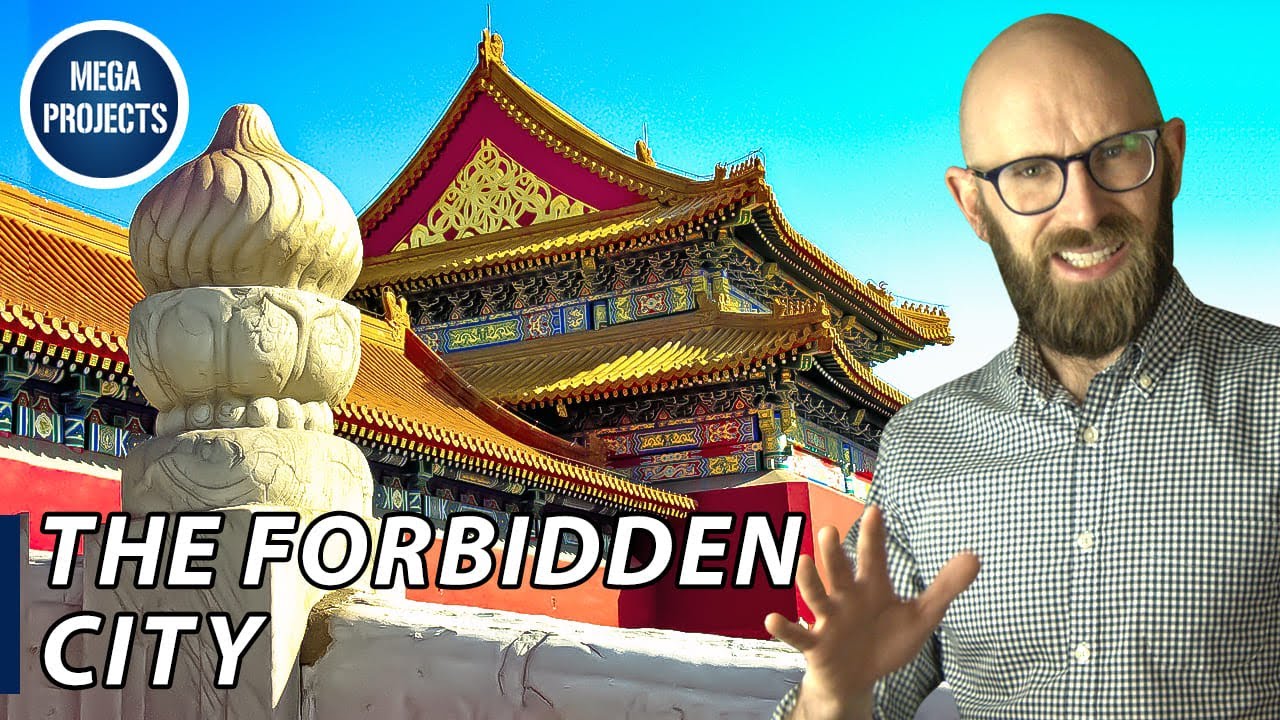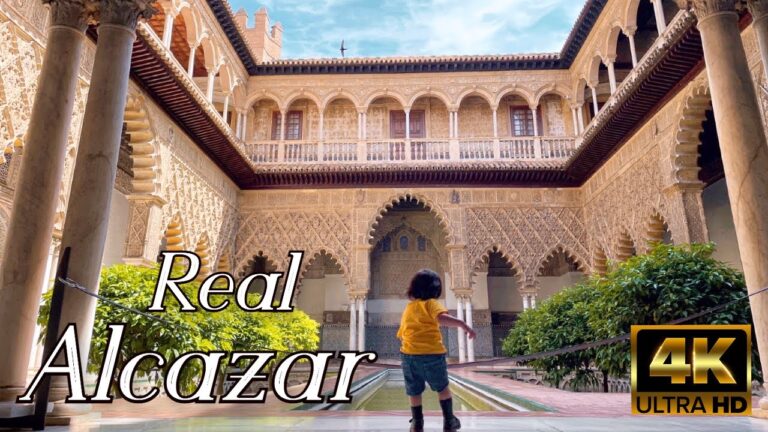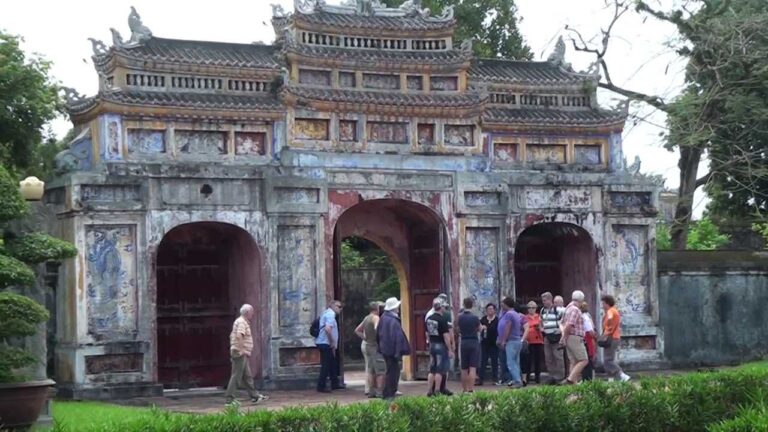The Forbidden City Complex is an ancient and magnificent palace located in the heart of Beijing, China. The palace was once the seat of power for the emperors of the Ming and Qing dynasties from 1420 to 1912. The complex features traditional Chinese architecture and is considered to be the best-preserved Imperial palace complex in the world. The Forbidden City Complex was listed as a UNESCO World Heritage site in 1987 and attracts millions of visitors every year.
History of the Forbidden City Complex
The construction of the Forbidden City Complex began in 1406 during the reign of the Ming Dynasty’s third emperor, Yongle. Over the next fourteen years, hundreds of thousands of workers were employed in the construction of the palace complex. The complex was completed in 1420, and the first emperor to take up residence in the palace was Emperor Yingzong in 1421.
The Forbidden City Complex was known as the ‘Palace City’ during the Ming Dynasty and was later renamed the ‘Forbidden City’ during the Qing Dynasty. The name ‘Forbidden City’ was chosen because the palace was strictly off-limits to all but the ruling class and their servants, and entrance to the palace was forbidden to ordinary citizens.
Layout and Architecture of the Forbidden City Complex
The Forbidden City Complex covers an area of 720,000 square meters and has more than 8,700 rooms. The palace complex is divided into two sections, the Outer Court and the Inner Court. The Outer Court is where the Emperor used to conduct business and receive visitors. The Inner Court is where the Emperor lived and was considered to be the most sacred area of the palace complex.
The architecture of the Forbidden City Complex is a perfect blend of traditional Chinese and Manchurian architecture. The complex features hundreds of buildings, with yellow glazed tile roofs, red walls, and turrets at the corners. The palace complex is surrounded by a 10-meter-high wall, and encircled by a moat, which is 52 meters wide.
Must-See Attractions
When visiting the Forbidden City Complex, there are several must-see attractions that visitors should not miss. The Palace Museum is the most important attraction, which houses a large collection of artworks and cultural relics dating back to the Ming and Qing dynasties. The Meridian Gate is the main entrance to the palace, and the Gate of Heavenly Peace is where visitors can see a large portrait of Chairman Mao Zedong. The Hall of Supreme Harmony, the largest and most impressive building in the palace complex, is where the emperor used to hold grand ceremonies and receptions.
Visiting the Forbidden City Complex
Visitors to the Forbidden City Complex are encouraged to wear comfortable clothing and shoes to help make the long walks across the palace complex more enjoyable. It is best to plan to spend several hours exploring the palace complex in order to take in all of the unique and impressive sights.
It is important to note that visitors must purchase a ticket to enter the Forbidden City Complex, and tickets are limited each day. Visitors are also required to show their passport when purchasing tickets and are required to show their passport to gain entrance to the palace.
Conclusion
The Forbidden City Complex is one of the most impressive preserved Imperial palace complexes in the world, and its unique blend of traditional Chinese and Manchurian architecture is truly awe-inspiring. This ancient palace provides a glimpse into the lives and practices of emperors in China’s distant past and is a must-see attraction for anyone visiting Beijing. If you are planning a visit to China, make sure to add the Forbidden City Complex to your itinerary and experience the beauty and grandeur for yourself.




